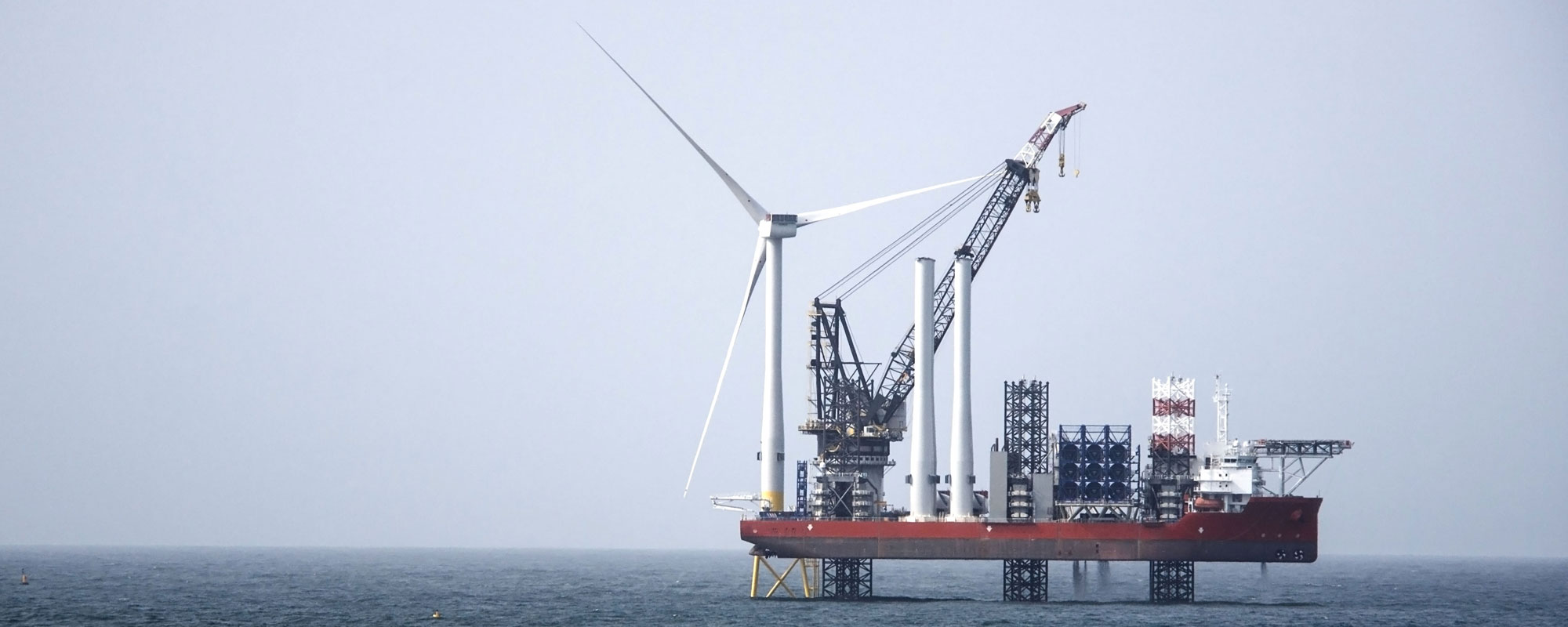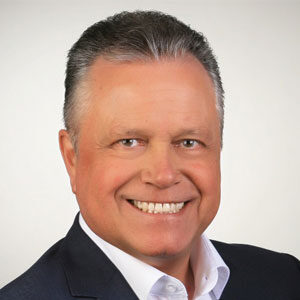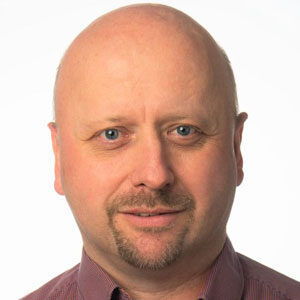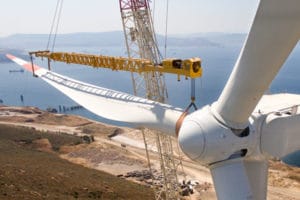Sustainability
Automated Lubrication for Offshore Wind Turbine Installation Ships
Offshore wind turbine installations are accelerating — helping the world reach shared goals for net zero emissions and limited global warming. The trend is driving innovation in supporting markets like offshore lifting ships, which make oceanic wind farm installations possible.
These massive vessels rely on Groeneveld-BEKA automated lubrication systems to erect offshore wind turbines more efficiently, sustainably and safely.
“A single offshore lifting ship is a huge investment,” says Bernd Bertelmann, senior sales manager for Groeneveld-BEKA’s global wind business. “Each one relies on flawless technology so there aren’t any surprises at sea. Some ships can erect a turbine in a single day. It’s catastrophic to the timeline if something stops working because it isn’t properly lubricated.”
Credit: SiemensGamesa
Technical problem solving for a new level of lifting
Offshore lift ships are built for efficiency. They are equipped with sophisticated technologies that free up crews to focus on wind turbine installations instead of ship maintenance.
This includes automated lubrication systems, which routinely deliver lubrication to mechanical components without human intervention. Two mission-critical applications currently using Groeneveld-BEKA automatic lubrication systems are the lifting legs and platforms that stabilize ships by raising them out of the water, and the cranes used to assemble huge wind turbines.
With experience supporting offshore oil rig and port equipment, it’s been a natural transition for Groeneveld-BEKA into customizing multi-line solutions for offshore lifting ships. The company’s systems are made from special materials, including stainless steel with special coatings to combat corrosion.
Yet one of Groeneveld-BEKA’s most significant engineering breakthroughs for this market is the multi-line configuration of its automatic lubrication systems. In traditional progressive systems, a single clog can stop lubrication to all points. This can be a simple fix in easy-to-reach applications on land — but tends to be more complicated on a huge ocean vessel, where everything is larger and more difficult to access.
Multi-line systems solve this issue by using several lines to pump lubrication to more than 20 outlets at a time, independent of each other. Additional pumping elements in different sizes can be installed for additional flexibility. This is especially important for equipment like the gears that help push a vessel’s lifting legs up and down, and massive crane bearings that can have up to 300 lubrication points.
“No matter what, the system still has to run,” says Franz Deinhardt, senior territory sales manager – Europe. “Multi-line systems offer redundancies so if one line on one pump fails, there are others that can deliver lubrication where it needs to go.”
Lubrication that’s safe for the environment and people
Multi-line technology also permits the setting of different output rates to optimize greasing of various components while conserving lubrication; only the amount needed is used.
To automatically lubricate gearing that lifts the ship’s legs in and out of the water, Groeneveld-BEKA integrates air spray nozzles into its systems. The nozzles provide thin, even coverage to the gear surfaces—just enough to optimize performance without over-greasing. In this way, multi-line systems eliminate the release of excess lubrication into the environment.
“Slips, trips and falls are responsible for the majority of workplace accidents on these vessels,” Bertelmann notes. “The more we eliminate these hazards—because you’re not slipping on excess grease or you don’t have to climb to a dangerous place to apply grease by hand—the better.”
Grease formulation also matters. Groeneveld-BEKA uses specialty lubrication that is biodegradable yet still withstands exposure to corrosive salt water.
“It’s tacky,” says Bertelmann. “It can’t be easily washed away.”
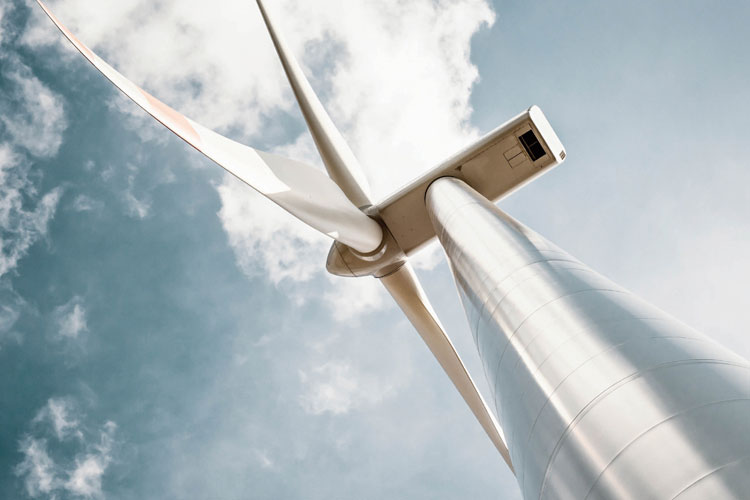
Global collaboration, onsite support
Offshore wind farms are becoming more common worldwide, with China leading in both turbine installations and offshore lifting ship builds. Groeneveld-BEKA’s Germany-based engineering team and the company’s sales team in China started working together five years ago to meet the needs of Chinese ship builders.
“Together we work out the appropriate design and layout of the systems for each ship, then visit the shipyard to offer onsite support and consultation,” says Bertelmann. “It’s resulted in good installations, good maintenance and good relationships.”
Deinhardt notes being involved in the ship design and build phases is a testament to the value ship builders place on automatic lubrication systems and the engineering support they get along with them. They understand that this technology is essential to how each ship functions.
“Everything must be stabilized and safe,” he says. “The ship simply can’t shake. Our technology plays a huge role in that.”
From offshore lift ships to seafood processing ships, Timken offers nine engineering-focused brands that improve performance in systems throughout many working vessels. Learn more about the Timken technology that helps power workboats, bow to stern.
Last Updated: 2022/08/23
Published: 2022/06/21
